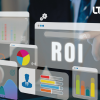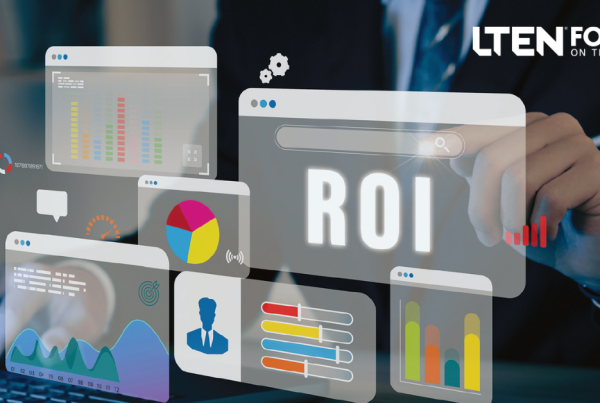
Feature Story – By John Constantine
What impact do your activities and initiatives have on the business?
I’ve seen it in many companies and functions over the years. People work tirelessly to deliver for their companies, whether it be in commercial, HR or technical functions. Every month or quarter, and certainly at the end of the year, departments produce reports on how their function is doing.
When I look at these reports and even some dashboards, I see a lot of activity reporting but very little reporting on actual impact on the business.
What I’ve seen is a common mistake being repeated – project or initiative activity (things that we’ve done) being reported as a “business dashboard.” While operational metrics are important to manage your daily business activities, they mean very little to the senior manager who wants to know what impact your activities, projects or initiatives have on the business.
Having a Plan
It’s interesting how it happens. A lot of business support groups, such as HR, learning, IT and compliance, have a tremendous amount of work to do in support of the commercial or research & development areas of the companies. That could mean helping with a response to an audit or inspection, or simply that someone in senior management is unhappy with the way things are going and is looking for a fresh look at their operation. In almost every case, no matter the root cause, I see that the operation has no real business benefit dashboard.
Here’s an example. A medical device company for years had been manufacturing Class I devices such as exam room furniture and instruments. These devices come with the lowest level of FDA regulation. They were moving into manufacturing Class II devices, such as implant modeling/milling machines, which come with a much higher level of regulation.
They were concerned that their current sales and sales training practices were not going to meet the requirements of the new level of regulation. They needed a diagnosis of their current state and where they needed to go (a strategy) and services and solutions to support the strategy.
Key to execution of any strategic plan is a measurement plan. How you are going to tell if the changes you’ve made have had any impact?
A New Strategy
The company did not have the proper processes and controls in place for the move to Class II devices. More obviously, no one had much documentation on their sales and training processes – certainly no measurement or dashboard. A new strategic plan included a measurement scheme that involved business impact metrics.
Essentially, they were tracking sales and sales activity, as well as operational training metrics such as how many people trained, unit cost of training, etc. Of course, meeting sales/revenue goals is the ultimate business benefit metric, but they needed to track new business metrics in their new, more regulated situation they were moving to.
What is in the new dashboard? They instituted behavioral metrics on sales activity. Certain sales practices from the past were no longer going to be allowed so there was a new set of sales behavior metrics that were instituted. On the training side, they created a plan to track training effectiveness and tied training more directly to commercial outcomes. And they adopted a model that focused on three types of metrics:
- Business benefits – hard (revenue increase or cost savings), soft (cost avoidance or cost redirected) and productivity dollars (value of employee time saved).
- Learning metrics (traditional Kirkpatrick/Phillips measures).
- Operational metrics (volume, cost, etc.).
Action Items
No matter what your function is, the work you do matters. No one comes to the office to do useless work. So, if your work matters, why not report to management just how much it matters? Here are some thoughts on how to start making the transition:
- When a business stakeholder is asking for a new system, process, project or training initiative, don’t be tempted to take the order and start delivering. Up front, you need to ask the following types of questions:
- What are we trying to solve with this new initiative?
- What, if anything, is broken?
- If we do this new thing, how will we know we’ve been successful? What looks good to you? How will we measure it? How will we collect the right data?
- Once you have the answers to the above, seek sponsorship from the stakeholder on data collection and reporting to ensure success.
We are all great at delivering what we’ve been asked to do. Take it to the next level and measure your effectiveness. Some of these questions may be difficult for your stakeholders, but don’t let them off the hook!
John Constantine is senior vice president at Orchestrall and a former president of the LTEN Board of Directors. Email John at john.constantine@orchestrallinc.com.









